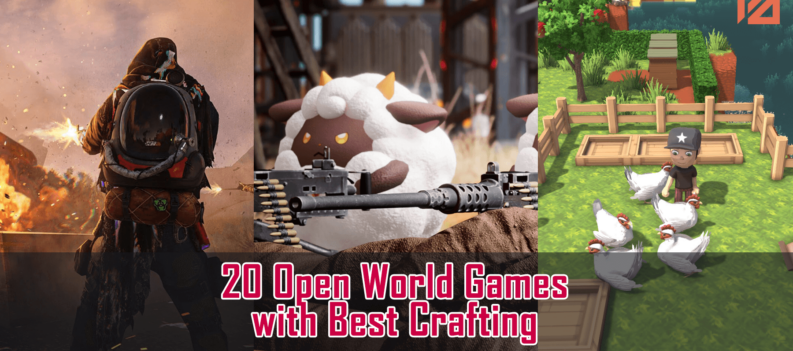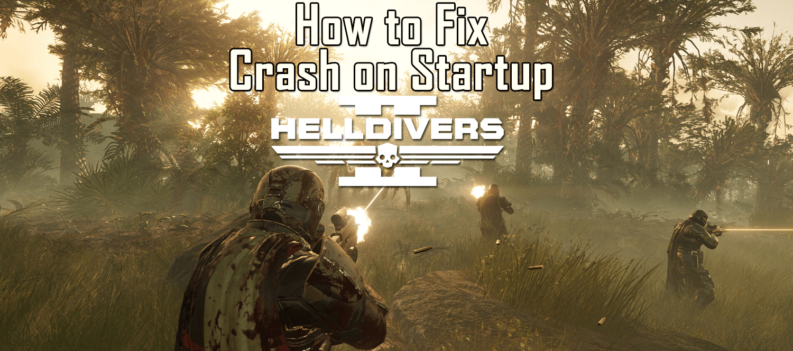In an effort to not be discredited as a fake anime fan, let me get something out into the open first. After all I don’t want my friends to form a circle around me like some hazing ritual and have their kicks and punches thrown at my delicate body. That’s more Chris’ kind of thing anyway. I love anime and manga to the point where both forms of media influenced me greatly in all things (including a book series I’m writing – yay shameless plug!). Except for one exception. I can’t stand mech anime. One of my first and beloved anime series was Vandread. Soon after that I dug deeper into the otaku world and I realized there was an unhealthy amount of anime with robots that fight each other in space with giant swords that glowed. I was put off by the lack of originality and swore off mech anime all together. However, I’m all for video games that feature Gundam-like escapades due to the interactivity and high-flying moments one can feel in their own hands. Because of this Project Nimbus: Code Mirai was right up my alley and I couldn’t wait to fly through the open skies high above land.
Project Nimbus: Code Mirai takes place on Earth in the 22nd century. World War III wiped away the world that we know and caused many countries and their governments to collapse. Most remaining civilizations have either joined the CFN or UCN organizations. Both are vying for domination to be the de facto agency that runs the planet since they have different geopolitical ideologies. They wage their futuristic war with, you guessed it, specialized mechanical robots with human pilots inside. Each one’s organizational structure operates like a typical military force and more talented and higher ranked members get better BattleFrames, the giant battle mechs. On top of their skirmishes and battles, there’s also some sub-themes on class warfare as well. The richest citizens live in flying cities to the envy of those still on the scorched ground.
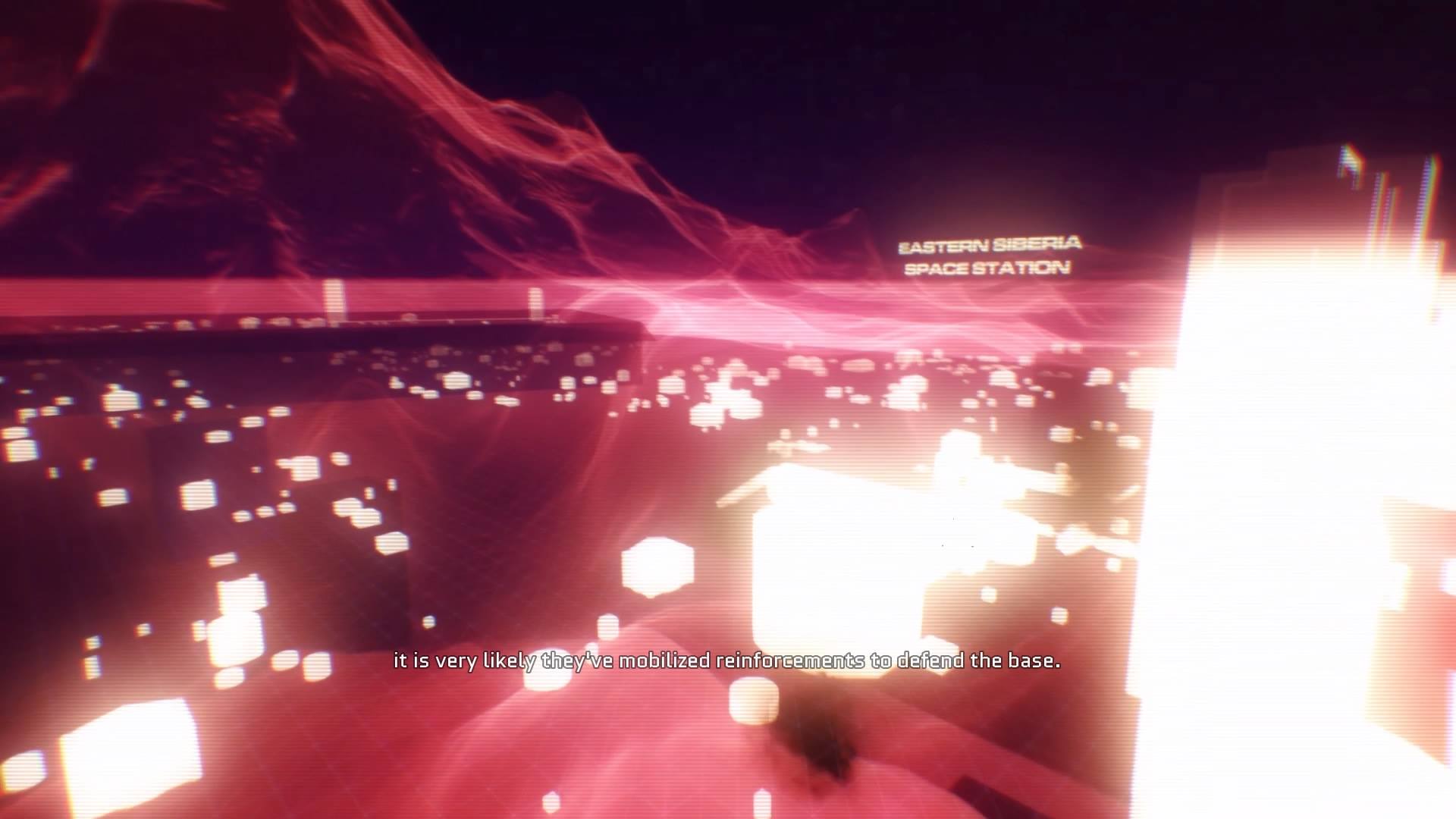
Now what I just described might sound like an amazing political sci-fi thriller novel that would make Tom Clancy blush. Keep in mind though Project Nimbus: Code Mirai’s story lacks meaningful structure or a way to convey this information in an entertaining way like video games do. Most of the story is told through voice logs at the beginning of each mission and in-game chatter among characters. Which by the way can be hard to hear even after adjusting volume settings. The whole plot setup felt like it was a sequel to something incredibly popular that didn’t have the need to explain who people were or the history/lore of this world. It wasn’t until I neared the end of all seventeen campaign levels when I finally was able to piece together what playable characters were on what side. For the most part each mission has you controlling a different individual with a different mech with little to no structure. One second you could be fighting for a paramilitary faction of the OCN and a ten second loading screen later, you’re a colonel in the CFN.
Game Info

- Developer: KISS
- Release Date:
- Price: $19.99/£15.99/€19.99
The title’s redeeming quality is easily the gameplay to a limit. You control one of a dozen or so BattleFrames from a third person perspective. All of them will be able to fly at amazing speeds and course correct on a dime. Although you can move in any direction, the controls for flying strictly up or down (triangle and X) were not well implemented. I can almost guarantee this is mapped better on a keyboard, but they got in the way of pressing R1, L2, and R2 (flying and firing commands). The controls in general also felt a little loose. You could move around at incredible speeds and miss everything in sight until you get your bearings. This is especially evident when you are in a narrow corridor, which rarely happens, and your mech is bouncing all over the place. It’s probably for this reason that enemies need to be locked onto in order to be effectively destroyed.
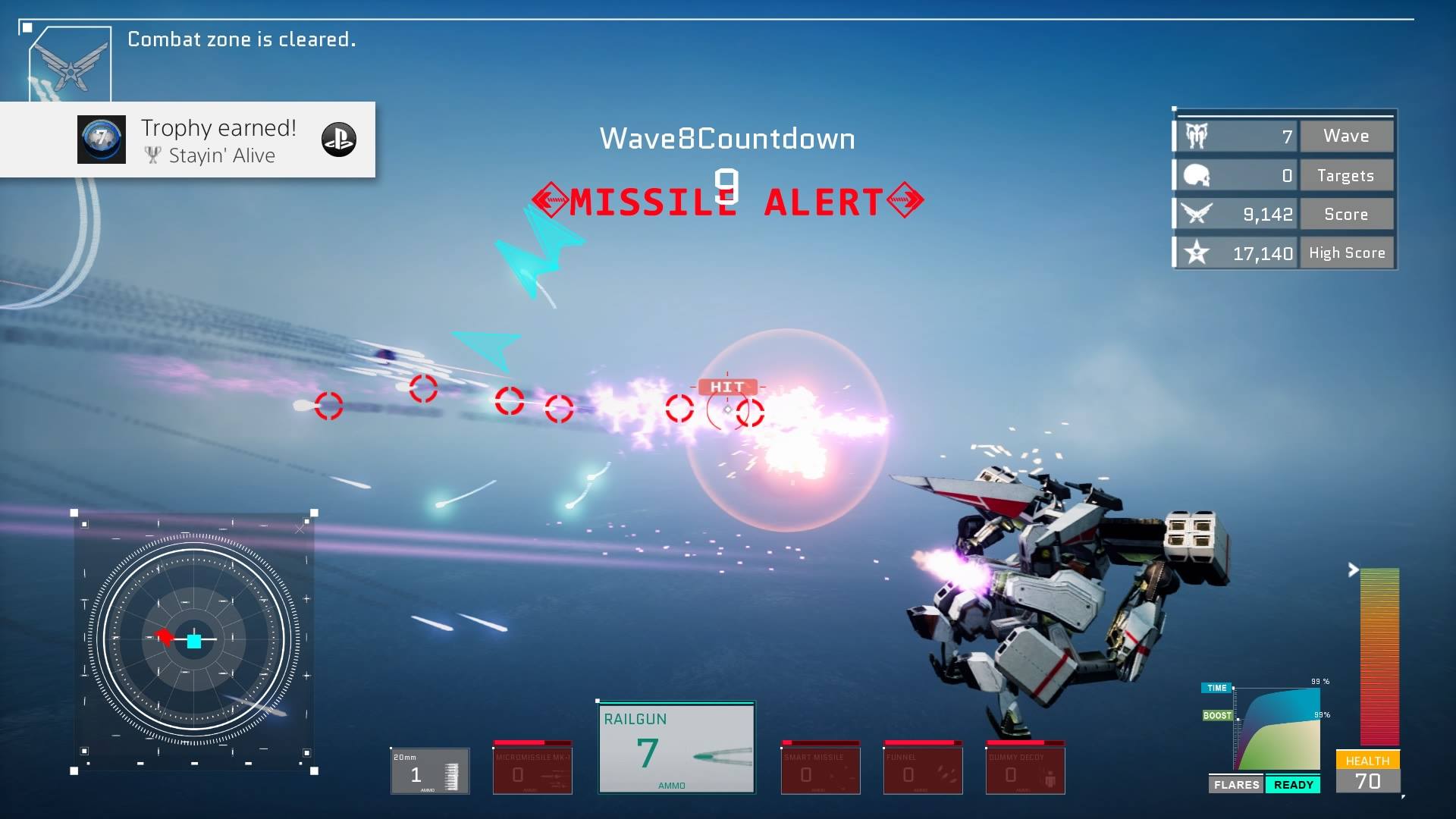
The distinct mechs will of course handle slightly differently and offer changing weapons for blowing up opposing BattleFrames. It can be enjoyable firing off large-sized machine gun bullets through the air as well as the prototypical missiles. Other abilities include rail guns, particle guns, decoy makers, shield barriers, artillery firepower, and of course an energy sword. Unleashing these bad boys will satisfy anyone’s trigger finger, but I found that flying in a circle, switching weapons while others reload, and firing at most targets got the job done. It was kind of disappointing the majority of bosses could be defeated like this. You could tell the developers wanted things to be a bit more tactical due to the loading screens giving out tips on specific strategies. It’s just that I didn’t come close to utilizing them or need to for that matter. Don’t get me wrong though. There are brief moments when you’re dodging and returning fire in a hailstorm of missiles and lead that will show you what this game could have been.
We’re Twitter and Tinder. You can find our Twitter here.
Gameplay mission structure is pretty straightforward. You’re plopped into a giant open area with objectives like eliminate the enemy, protect this ship, escort BattleFrame here, blow up special objects, etc. The areas are so big in fact that half a battle will sometimes be traveling to an enemy in order to get them within lock-on range. Due to this and the few moments of true, adrenaline pumping brilliance, the campaign can get repetitive. Doing the same thing over and over again for four hours with loose controls and a shallow story all but assure that. The only other mode is Survival and is exactly like it sounds. A simple horde mode where you have to select a BattleFrame and survive as long as possible against wave based enemies. Surprisingly, I had the most fun here because I wasn’t tasked with doing the same objective. Only focused on my arsenal to stay alive.
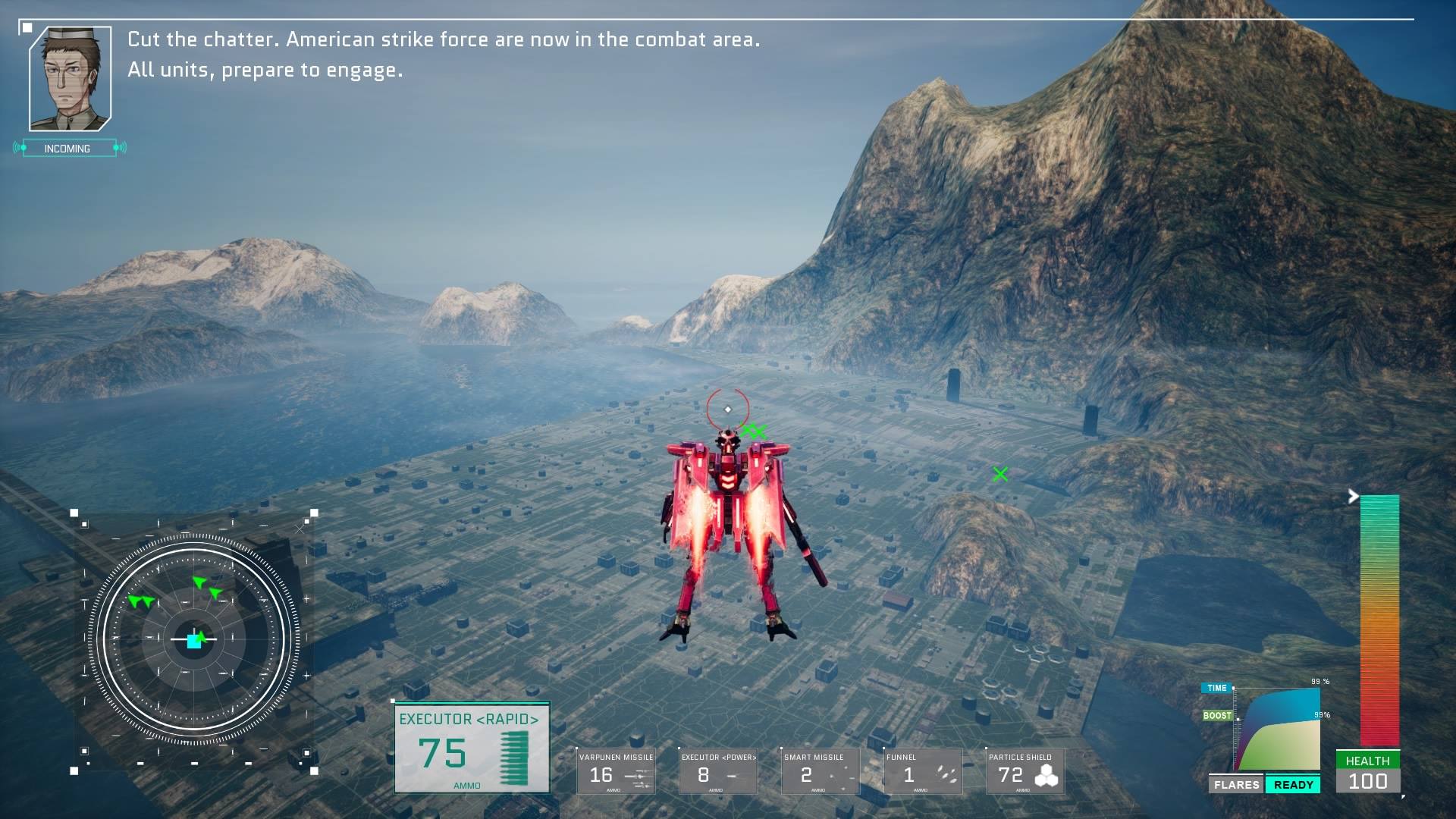
Graphics for this sci-fi experience were serviceable, but the voice acting was more on the impressive side. In fact, the voice actors were the only thing that kept me from scrolling through my phone during mission intro cutscenes and battle reports. They were believable enough in their delivery and conveying emotions in a war-time setting. I couldn’t entirely say the same for structures and objects though. They looked bland or like they were copied and pasted into each level. The HUD on the other hand was well-crafted. It was always easy to tell when enemy missiles were homing in and where in the level other BattleFrames were.
Project Nimbus: Code Mirai PS4 Review
-
Overall - Not Bad - 5.9/105.9/10
Summary
Project Nimbus: Code Mirai has the occasional bursts of epicness one can expect from a high-flying mech game. Only occasionally however. The story isn’t great, or well told, and most of the level designs get in the way of gameplay. Looking back I can’t say I loved this title, but I can’t say I hated it either. I just wish my playtime was filled more with tight flying and in-your-face battles. Neither of which happened often in this anime inspired creation.
Review Disclaimer: This review was carried out using a digital copy of the game provided by the publisher. For more information, please read our Review Policy.
Reviewed using base PS4.



